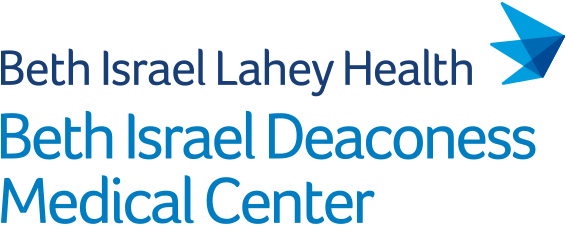Abstract
OBJECTIVE: Routine imaging surveillance following endovascular aortic aneurysm repair (EVAR) for abdominal aortic aneurysm (AAA) is critical for the timely diagnosis of late postoperative complications. Compliance with recommended EVAR surveillance is variable, and disparities in post-EVAR surveillance remain unclear. This study examines variability in EVAR surveillance and emergency health service use across several sociodemographic populations.
METHODS: All Medicare fee-for-service beneficiaries who underwent infrarenal EVAR for intact abdominal aortic aneurysm between January 2011 and December 2019 were included. Patients were stratified by several sociodemographic characteristics: age category (66-74, 75-84, >85 years), sex (male, female), race (White, Black, Asian, other), dual enrollment in Medicare and Medicaid (dual enrolled, Medicare only), and distressed communities index (distressed >80th percentile, nondistressed ≤80th percentile). The following postoperative health care use metrics were assessed: EVAR-related office visits, imaging studies, emergency department (ED) visits, and hospital readmissions. Annual incidence rates were calculated for each health care use metric at 2 and 5 years after EVAR and compared across groups using Poisson regression models, adjusting for sociodemographic and hospital characteristics and comorbidities.
RESULTS: In 111,381 Medicare beneficiaries who underwent EVAR, postoperative health care use varied substantially across sociodemographic groups. After adjustment, annual incidence rates of EVAR-related office visits at 2 years post EVAR were lower in patients who were >85 years vs 66-75 years (adjusted rate ratio [aRR], 0.95; 95% confidence interval [CI], 0.93-0.97), female vs male (aRR, 0.94; 95% CI, 0.93-0.95), dual enrolled vs Medicare only (aRR, 0.83; 95% CI, 0.81-0.85), and residing in distressed vs nondistressed communities (aRR, 0.95; 95% CI, 0.93-0.96). Rates of imaging studies were lower in patients who were >85 years (aRR, 0.98; 95% CI, 0.96-0.99), dual enrolled (0.97; 95% CI, 0.95-0.98), and residing in distressed communities (aRR, 0.97; 95% CI, 0.96-0.98). There was higher use of hospital services in patients who were >85 years (ED: aRR, 1.37; 95% CI, 1.33-1.41; readmission: aRR, 1.23; 95% CI,1.19, 1.28), female (ED: aRR, 1.19; 95% CI, 1.16-1.22; readmission: aRR, 1.15; 95% CI, 1.12-1.19), Black (ED: aRR, 1.10; 95% CI, 1.05-1.15; readmission: aRR, 1.15; 95% CI, 1.09-1.22), dual-enrolled (ED: 1.29; aRR, 95% CI, 1.26-1.33; readmission: aRR, 1.14; 95% CI, 1.09-1.18), and residing in distressed communities (ED: aRR, 1.03; 95% CI, 1.01-1.06; readmission: aRR, 1.02; 95% CI, 0.99-1.05). At 5 years post EVAR, similar trends across sociodemographic groups were observed, with the added finding of lower rates of EVAR-related office visits in Black vs White patients.
CONCLUSIONS: Significant variation in post-EVAR health care use exists among Medicare beneficiaries. Patients who were older age, of female sex, of Black race, or socioeconomically disadvantaged had lower rates of EVAR-specific follow-up and higher use of emergency health service. Barriers in access to care are apparent, underscoring the need for targeted interventions to enhance post-EVAR surveillance and improve outcomes in these populations.

